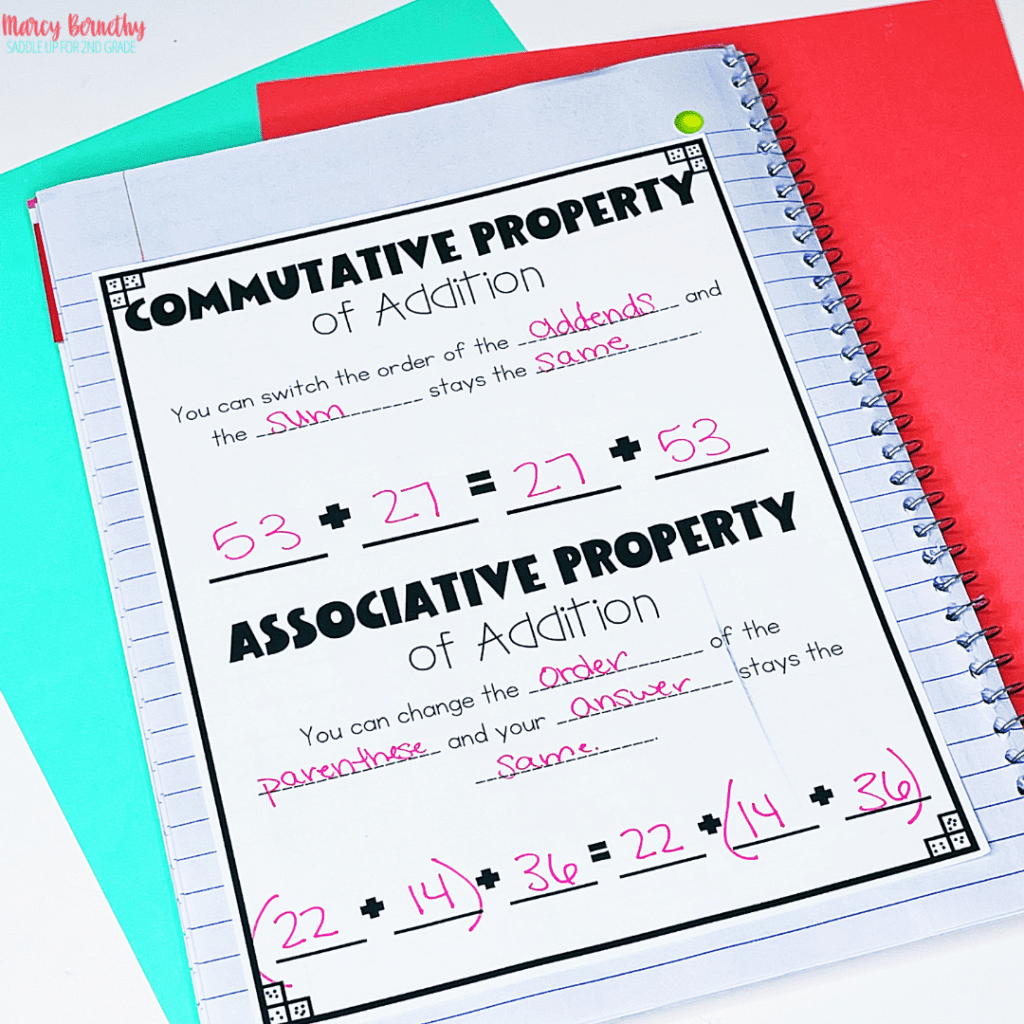Mathematics is the study of patterns, relationships, and structures in both natural and abstract systems. It’s often used to describe how things change over time. As well as being applied to many different fields – such as biology, physics, chemistry, astronomy, economics, and even politics – it has been used in a wide variety of other ways, including to solve problems, design products, predict future trends, analyze data, and even tell jokes.
The first step to learning mathematics is to identify the properties of the subject matter. For example, if you are studying geometry, then you will need to be aware of shapes, angles, surfaces, points, lines, circles, planes, triangles, quadrilaterals, polygons, functions, vectors, scalars, matrices, determinants, permutations, combinations, series, limits, integrals, derivatives, differential equations, graphs, inequalities, relations, sequences, sets, order, probability, algebra, trigonometry, and calculus.
What Do You Understand by the Term “properties” in Mathematics?
Mathematics is all around us. We use math every day, whether we realize it or not. For example, when you buy a new car, you have to calculate the price of the vehicle based on its features. If you want to know how much your home will cost, you need to take into account the area, the number of bedrooms, and other factors.
When you study math, you learn about properties. The word property means that certain things are true for everyone. For instance, we can always add two numbers together. This is known as the commutative law of addition.
If you’re studying algebra, then you’ll be learning about the associativity and distributivity laws. These rules say that you can perform certain mathematical operations on groups of variables. You may also come across some interesting facts when you study geometry.
For example, you might discover that the sum of angles in a triangle is 180 degrees. Or, if you look at a circle, you could find out that it’s possible to divide any arc of a circle into 360 equal parts.
Importance of Properties in Mathematics?
Mathematics is one subject that many people don’t understand. This is why you should take the time to learn more about this topic.
To truly grasp how important math is, you need to know a few things. First, there are two different kinds of numbers. The first type of number includes integers, fractions, and decimals. These are also known as whole numbers.
A second kind of number involves the so-called real numbers. These are the numbers that you use in everyday life. For example, the temperature outside right now is 32 degrees Fahrenheit. You can write down a decimal value for that number.
But what happens when we add up all the temperatures in a room? That’s where the concept of the ratio comes into play. A ratio is a relationship between two quantities. So, if five people are sitting at a table, and each person has a cup of coffee, then the total amount of cups of coffee that were served is equal to the sum of everyone’s amounts.
This means that the ratio of cups of coffee per person would be 5.1.
How Many Properties Are There in Mathematics?
Mathematics is a very interesting subject. There are so many different ways that you can learn how to use numbers. And, the most important thing to know when learning math is that you should always keep track of your progress.
If you want to make sure that you’re understanding the material, then you need to be able to look back over previous lessons and review them. This way, you’ll have an easier time remembering everything.
Another thing to consider is that you shouldn’t try to memorize the information. You should instead focus on using the knowledge that you’ve gained from each lesson. If you do this, then you won’t forget anything.
It’s also a good idea to write down your thoughts as you go along. Doing this will help you to remember all of the details.
How to Identify the Properties of Mathematics
When you study mathematics, it’s important to understand how different mathematical terms relate to each other. This is where you can use your knowledge of the English language to help you learn more about math.
You might be surprised by how many times people confuse numbers with letters. For example, you might say that “3” equals 3. However, this isn’t true. The letter “3” actually stands for the number three.
Another thing that you need to know when studying mathematics is the difference between cardinality and ordinality. Cardinality refers to the number of items in a set. On the other hand, ordinality relates to the order that the elements appear in a set.
For example, let’s take the set S = {1, 2, 3, 4}. We can describe this set as having four members. But we could also talk about it using the term cardinality. If we did this, then we would say that the cardinality of S is equal to 4.
On the other hand, if we used ordinality to describe a set, we would have to put them in order. So, for instance, we could say that the first member of the set was 1, and then we’d move on to the second member.
What Is Commutative Property?
In mathematics, the commutative property states that any two mathematical operations can be performed in either order without changing the result of the operation. For example, 6 + 4 = 10 but also 4 + 6 = 10. This means that the addition of a number to itself always gives the same answer.
Commutativity applies to most areas of math including algebra, trigonometry, calculus, and more. However, the commutative property doesn’t apply to all situations. There are several exceptions where the commutative property does not hold. One of these examples is multiplication. If you multiply 2 by 3, you get 6. But if you multiply 3 by 2, you still end up with 6.
This means that the commutative property only holds for some specific operations.

What Is Associative Property?
There are many different properties of mathematics. One of them is the associative property. This means that when you multiply two numbers together, you get another number. For example, if you were to multiply 5 by 3, the result would be 15. If you multiplied this same value times itself, the answer would still be 15.
This is why multiplication is considered to be an associative operation. Other operations have similar characteristics. The distributive law states that you can add, subtract, or divide any combination of numbers.
In addition, the commutative property says that you can switch around the order of the operands. So, if you want to find the square root of 7, you could start with either 2 or 3.
You might wonder how these mathematical rules work. That’s because there are some exceptions to each rule. However, when you understand the basics, you’ll know exactly what they mean.
What Is An Associative Operation?
When you multiply two numbers together, it’s called an associative operation.
If you’re multiplying three numbers together, then you get another number.
What Is Distributive Property?
When you’re learning about mathematics, you’ll notice that the subject seems to be very complicated at first. There’s no doubt that you can use math in your everyday life, but understanding how it works will help you get a better grasp of things.
In this article, we’ll take a look at one of the most important properties of mathematics. That is the distributive property. This means that you can distribute multiplication and division throughout an equation. For example 3x + 5y = 7z. In other words, you can add the value of x to the value of y and then multiply by z.
This is why you should know that the distributive property is a key part of algebra. You might also want to read the following articles.
What Is Identify Property?
It might be difficult for you to understand all of the different concepts involved in mathematics. That’s why this article will give you some examples of the main ideas behind these topics. So, keep reading.
To understand the concept of properties and identity, it helps to first consider a few important terms. For example, when you say “property” you’re referring to the characteristics of an object. There are two types of properties. The first type is intrinsic. Intrinsic properties don’t change when something changes. An example would be color. If I have a red shirt, then it is always going to be red.
The second type is extrinsic. Extrinsic properties can vary depending on the situation. For instance, if I wear my shirt inside out, then the color of the shirt will no longer be the same.
What is an Identity? When you talk about identity, you’re talking about something that remains unchanged. A person can lose their hair and remain the same person. However, they wouldn’t look exactly like themselves.


 Lucas Green
Lucas Green

